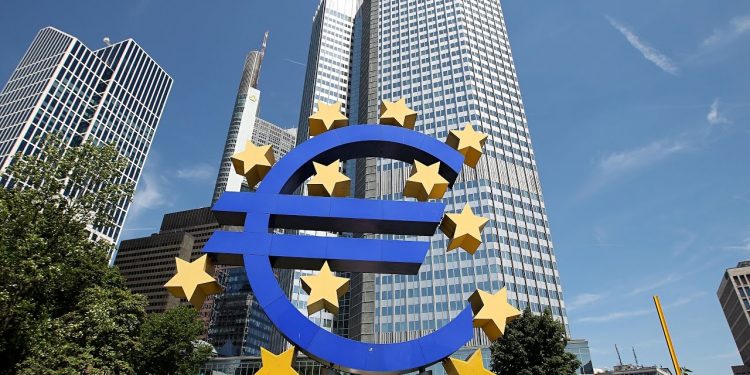It is not yet certain, but it is increasingly likely that on 12 September the ECB will present a stimulus package for the Eurozone and not an isolated measure, the minutes of the last meeting indicate.
The minutes of the last meeting of the Governing Council of the European Central Bank (ECB) released Thursday, August 22, show that a combination of measures may be the best solution to solve the current challenges rather than step by steps such as the combination of interest rate cuts and purchasing of assets – was more effective than a sequence of selective actions, ”
It is not clear from the published text that this view has gathered consensus, but its introduction in the minutes shows that it will have legs to walk. In addition, it was the ECB’s chief economist Philip Lane who suggested examining various possibilities for the central bank to be prepared to cope with the economic downturn.
At the last meeting, ECB President Mario Draghi had said he wanted to see the ECB team’s next economic projections, which will be released at the next meeting, before taking action. Since these statements, more negative economic data has already been revealed for the Eurozone with GDP slowing in the second quarter and Germany heading into a technical recession.
The strongest possibility among investors is that the ECB will move ahead with a cut in the deposit rate (which banks pay to have money in the coffers in Frankfurt), which is currently at -0.4%. Markets are expected to drop to -0.5% and be accompanied by the resumption of the asset purchase program (mainly sovereign bonds of Eurozone countries), which ended on December 2018.
But there are more chances: A change in interest forward guidance and/or a scaling system that partially alleviates the negative impact of ECB interest on European banking profits is also on the table. On the latter measure, the minutes show that there is disagreement between the governors of the national central banks of the Eurozone.
Already underway is the third round of the cheapest long-term loans that the ECB decided to give banks in March. The TLTRO III will hit the ground in September and will encourage banks to lend more, creating momentum in the economy and boosting inflation, the ECB’s ultimate goal.
It is on this objective that the minutes also show that there is an active discussion among the governors. According to European treaties, inflation has to be close, but below 2%. However, Draghi has said that the goal is symmetrical, meaning there may be times when it will exceed 2%. However, there are members of the ECB who say that a change to the mandate of the Eurozone central bank is needed for this to happen.
The September 12 meeting will be the penultimate monetary policy meeting of the ECB’s board of governors at the helm of ECB President Mario Draghi, who will step down on 31 October, the same date as the official departure of the ECB. The United Kingdom of the European Union, with or without agreement. On 1 November Christine Lagarde will take over the leadership of the ECB.








